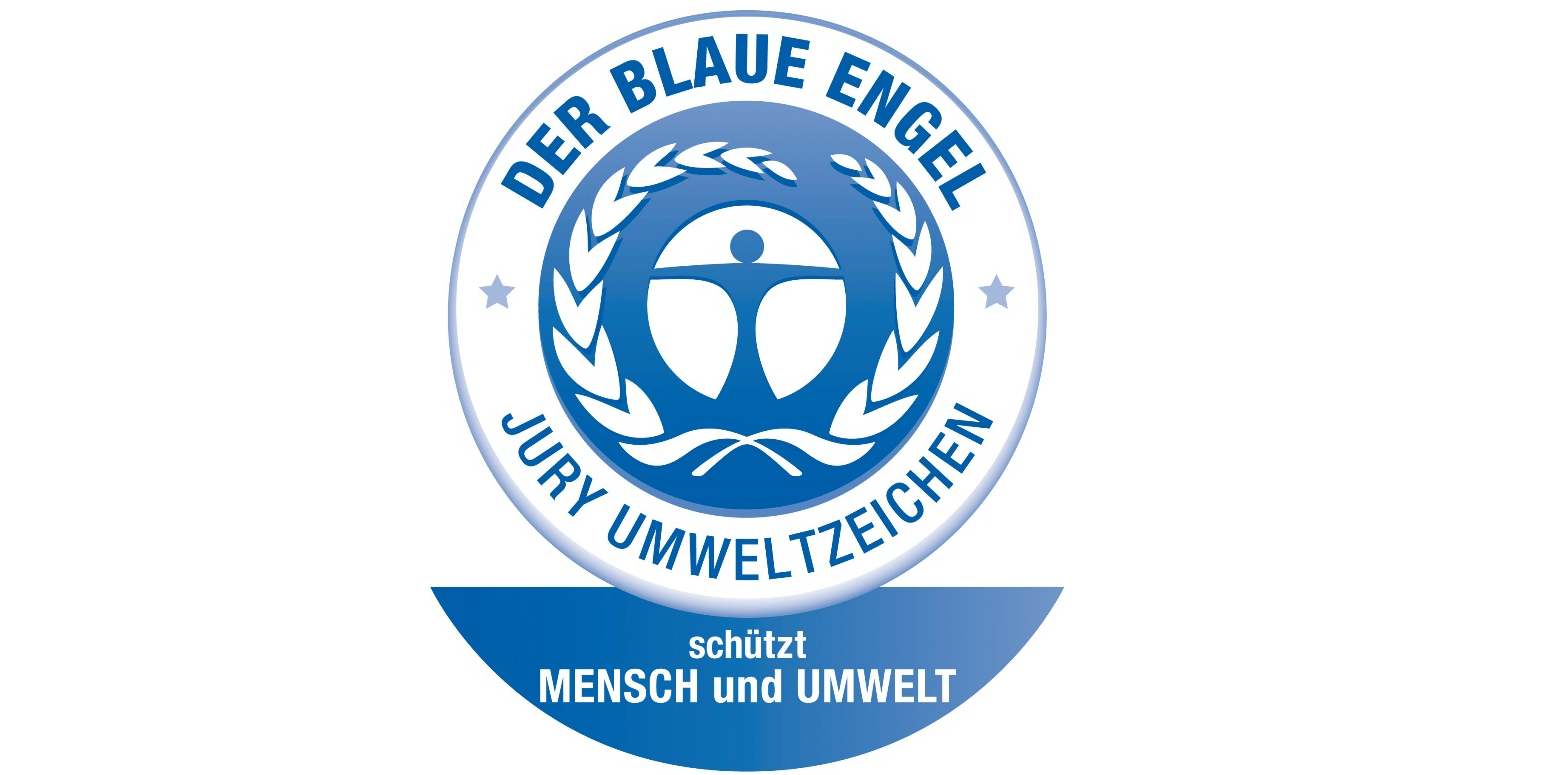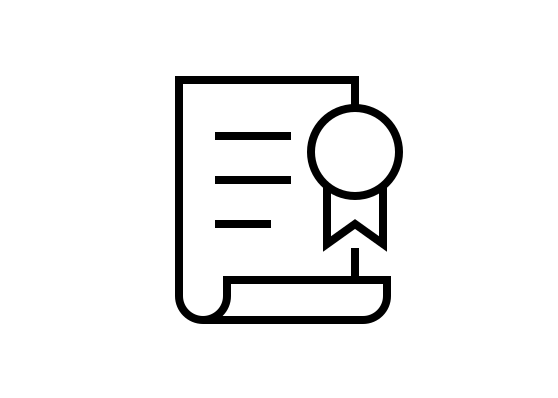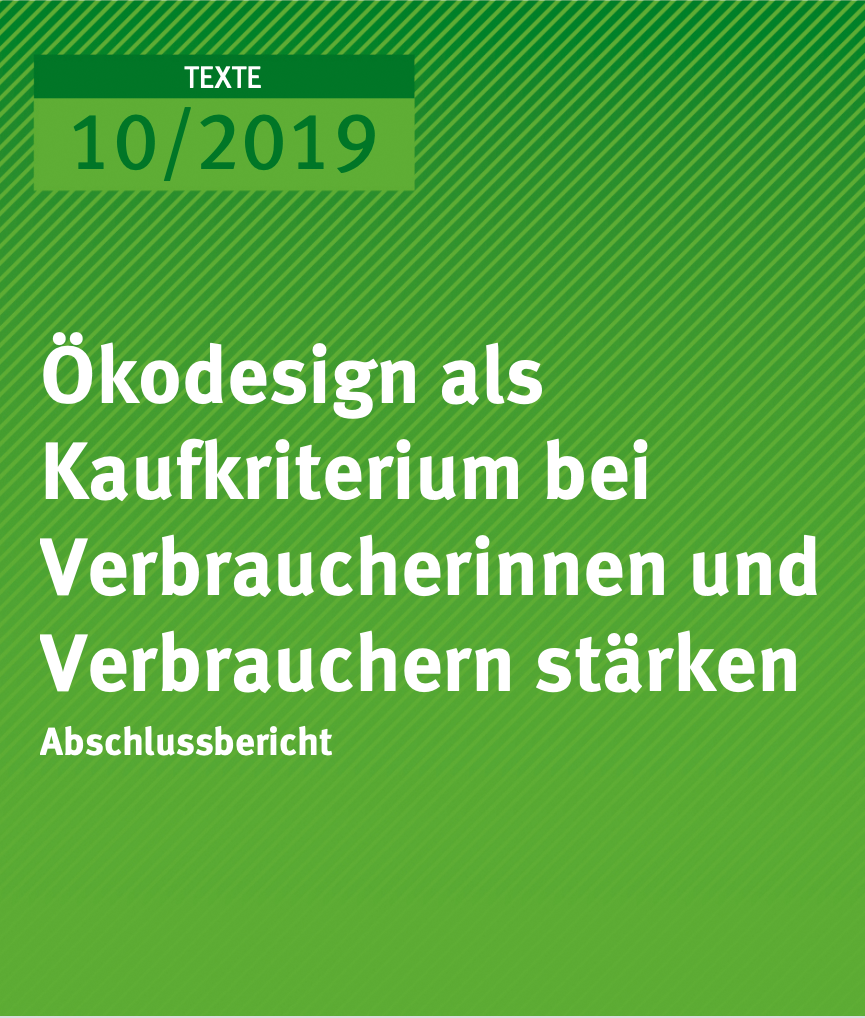Ecodesign
»The future we want needs to be invented, otherwise we will get one we don't want.«
Joseph Beuys

The design process is a complex procedure that mediates between technical, aesthetic, economic, ecological and social contexts. Ecodesign focuses on ecological effectiveness without neglecting the other aspects. A good overview of ecodesign methods and tools can be found in the e-book What is ecodesign? published by the Federal Environment Agency.

Any production, use and disposal of products inevitably involves the use of natural resources and thus environmental pollution. The question can therefore only be which products or which product design is associated with less environmental pollution. An important goal of ecodesign is to design products, services and systems in such a way that their negative impact on the environment is minimized in all phases of life.

An environmentally compatible design of products and services requires quantitative and qualitative assessment standards and supporting instruments. Today, a series of checklists, manuals and software solutions based on the methodological basis of life cycle assessment are available for this purpose. Ecodesign principles are also increasingly succeeding in being anchored in product standards.





